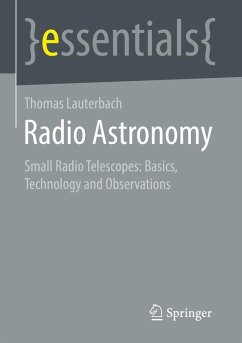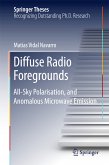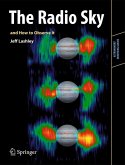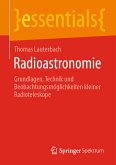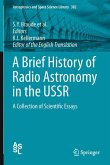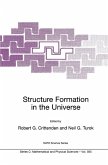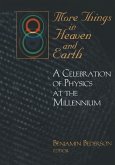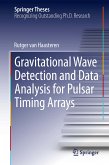This Springer essential is a translation of the original German 1st edition essentials, Radioastronomie by Thomas Lauterbach, published by Springer Fachmedien Wiesbaden GmbH, part of Springer Nature in 2020. The translation was done with the help of artificial intelligence (machine translation by the service DeepL.com). A subsequent human revision was done primarily in terms of content, so that the book will read stylistically differently from a conventional translation. Springer Nature works continuously to further the development of tools for the production of books and on the related technologies to support the authors.
The Contents
- Brief outline of the history of radio astronomy and its discoveries.
- Electromagnetic waves
- Cosmic radio radiation
- How a radio telescope works
- Typical observations with a small radio telescope
- Interferometry, current research topics in radio astronomy and own entry into radio astronomy
The Target Group
Anyone who is looking for a compact introduction to radio astronomy, whether at universities, schools, observatories, or out of personal interest.
The Author
Thomas Lauterbach is professor of physics at the Nuremberg Institute of Technology (Technische Hochschule Nürnberg Georg Simon Ohm) and head of the radio astronomy special interest group of the Astronomical Society in the European Metropolitan Region Nuremberg.
Dieser Download kann aus rechtlichen Gründen nur mit Rechnungsadresse in A, B, BG, CY, CZ, D, DK, EW, E, FIN, F, GR, HR, H, IRL, I, LT, L, LR, M, NL, PL, P, R, S, SLO, SK ausgeliefert werden.

